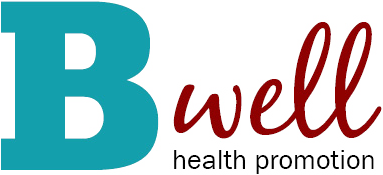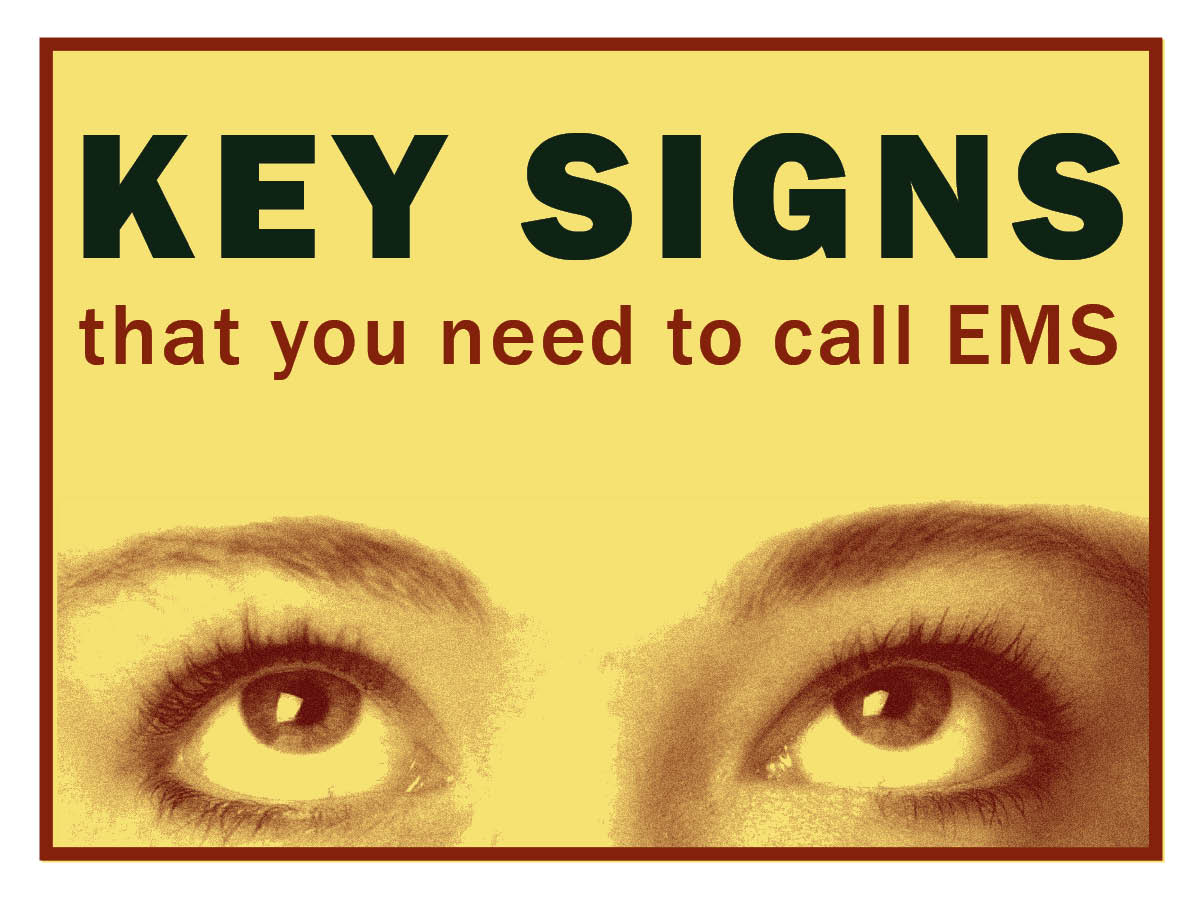Cannabis, or “Marijuana” refers to the dried leaves, flowers, stems, and seeds from the Cannabis sativa or Cannabis indica plant. The plant contains the mind-altering chemical THC and other similar compounds. Extracts can also be made from the cannabis plant.
Nicknames: marijuana, dope, pot, grass, weed, head, mary jane, doobie, bud, ganja, hashish, hash
Cannabinoids
More than 100 compounds (or cannabinoids) exist in the cannabis plant. Cannabidiol (CBD) and tetrahydrocannabinol (THC), are two natural compounds found in plants of the Cannabis genus.
- CBD: Can be extracted from hemp or cannabis. Hemp and cannabis come from the Cannabis sativa plant. Legal hemp must contain 0.3% THC or less. CBD does not produce the high sensation associated with cannabis.
- THC: The main psychoactive compound in cannabis that produces the high sensation. The average cannabis strain before 2014 contained about 12% THC. Current levels may be closer to 15% to 30% and may also vary by location, according to 2020 research.
Sources: National Institute on Drug Abuse, Healthline









